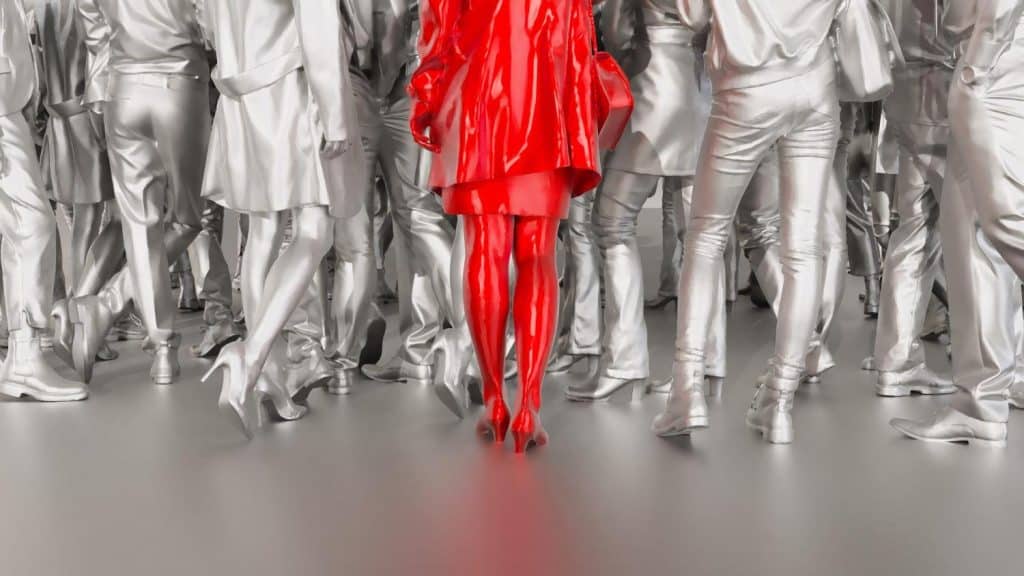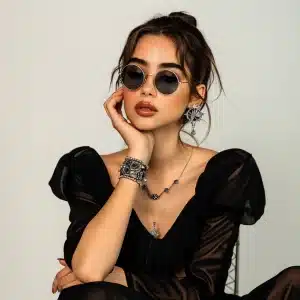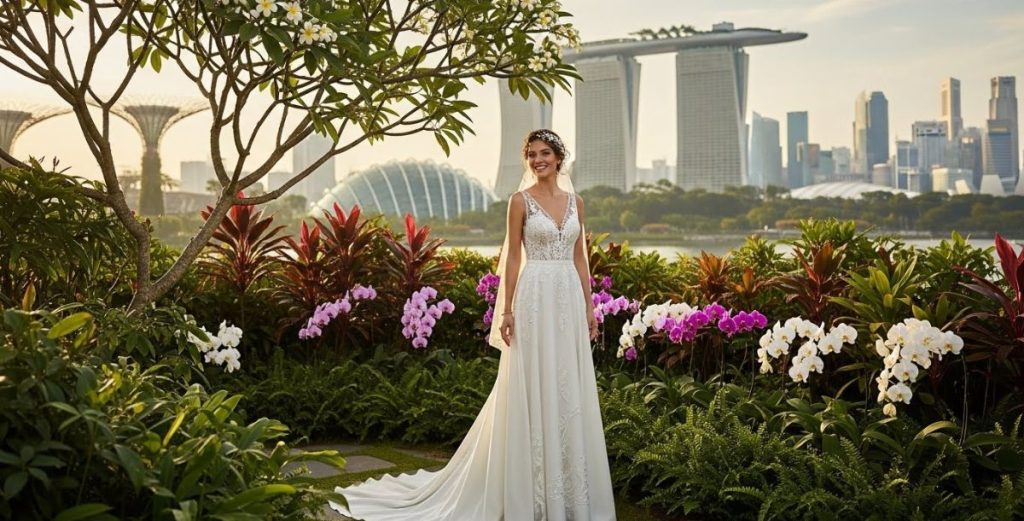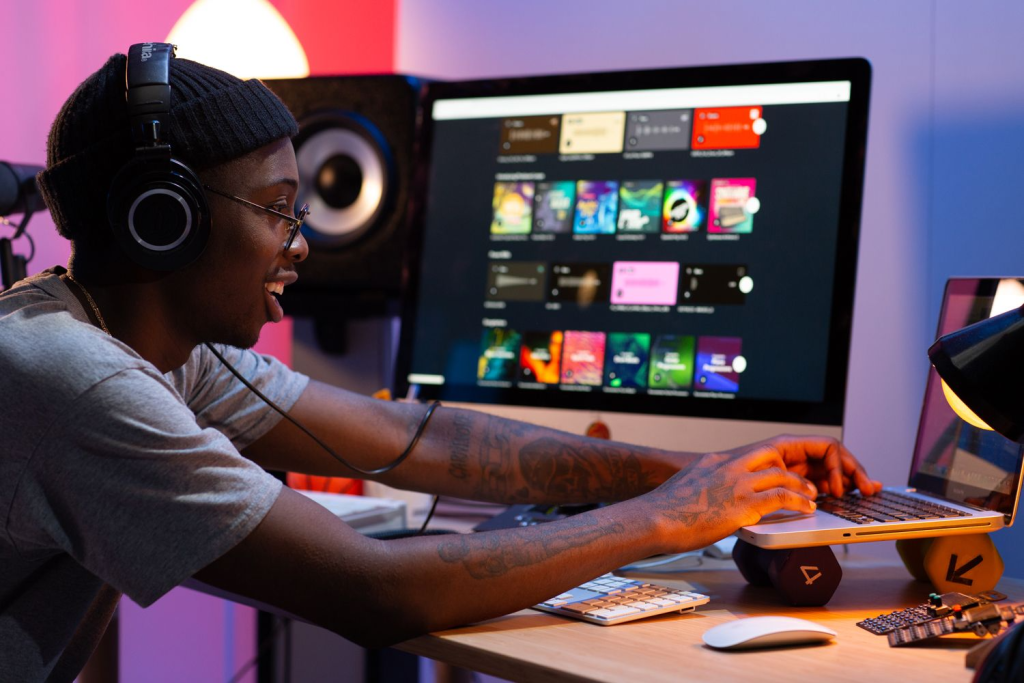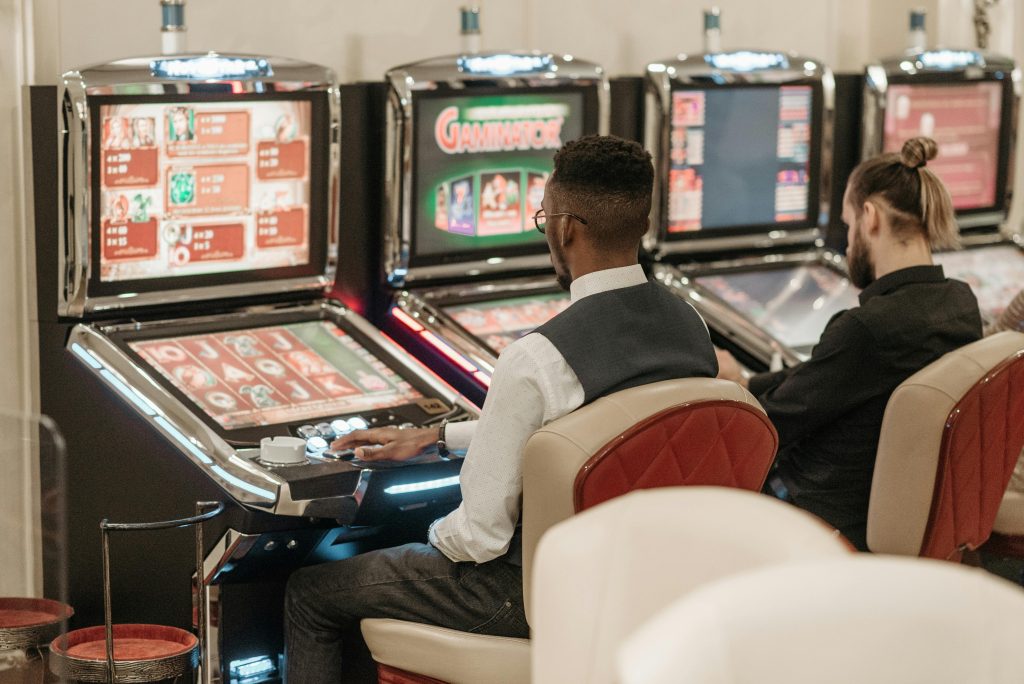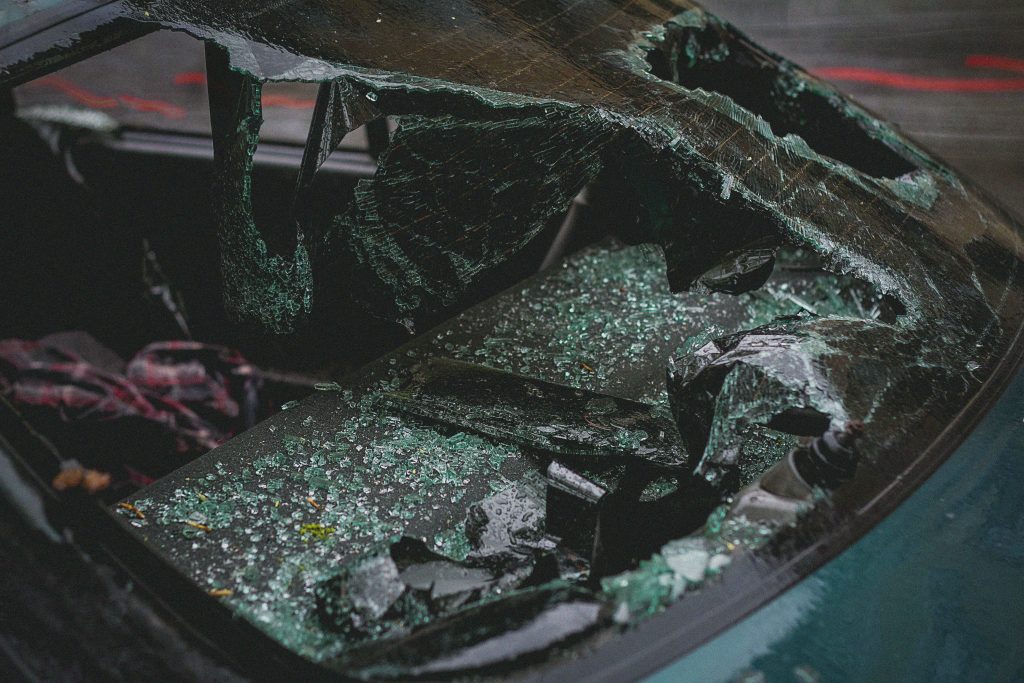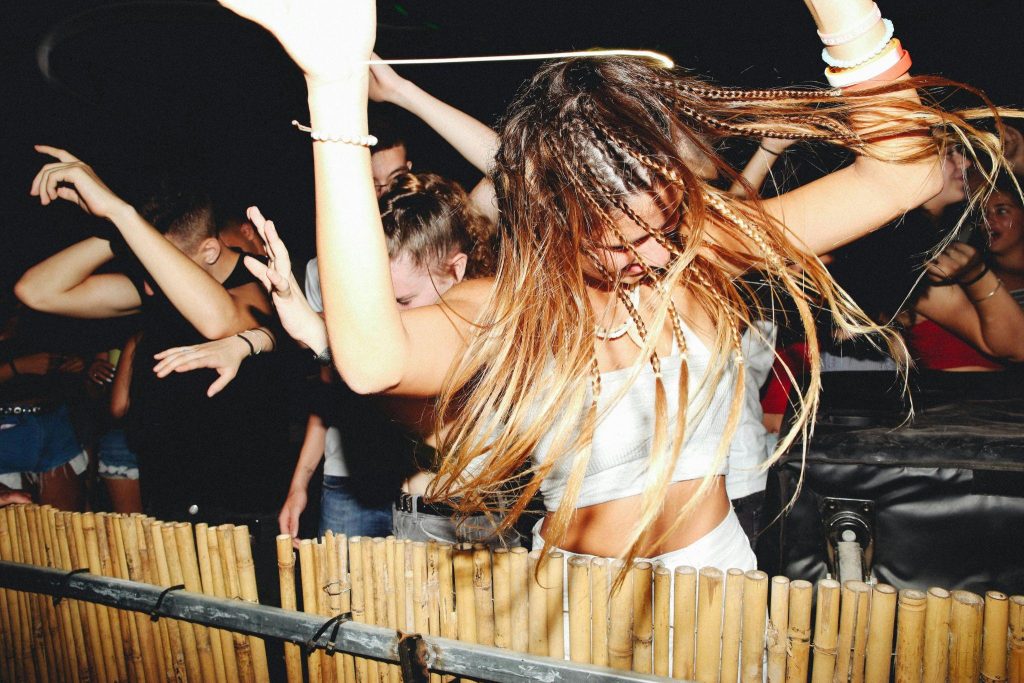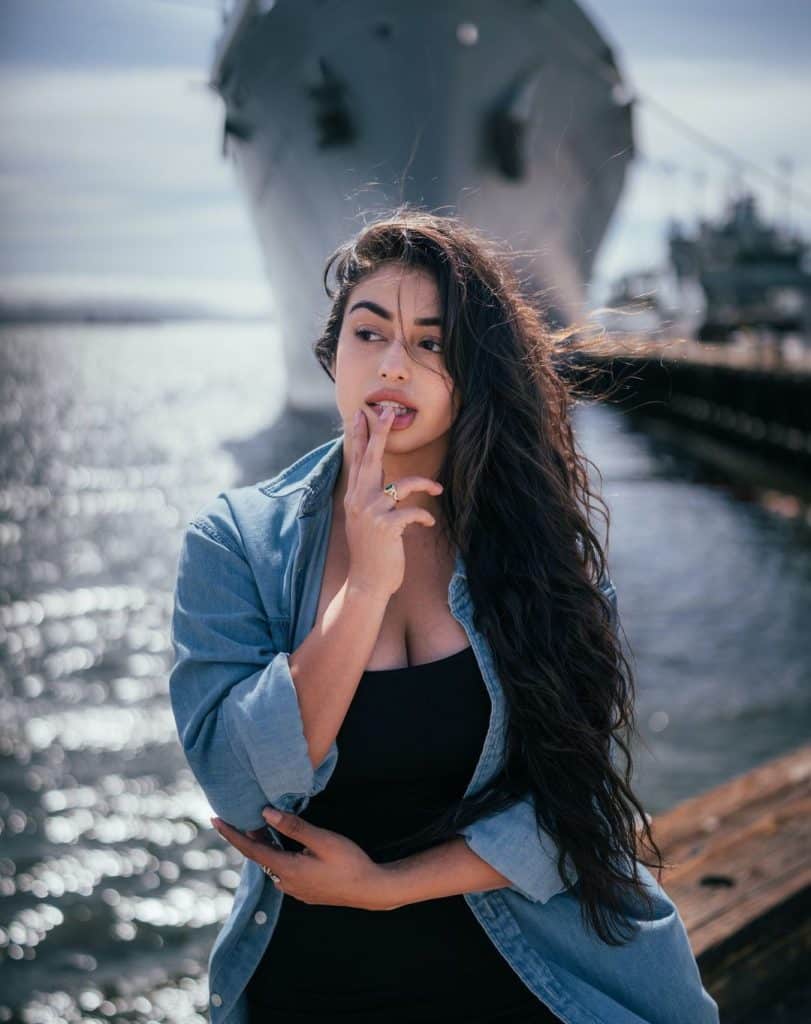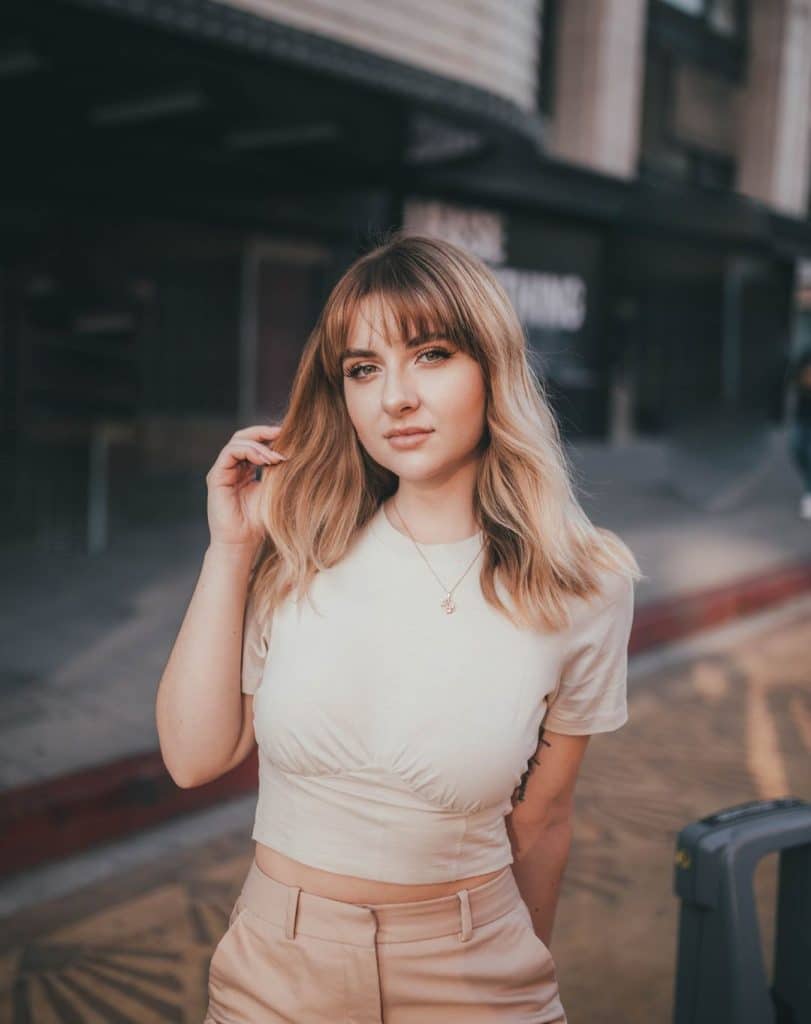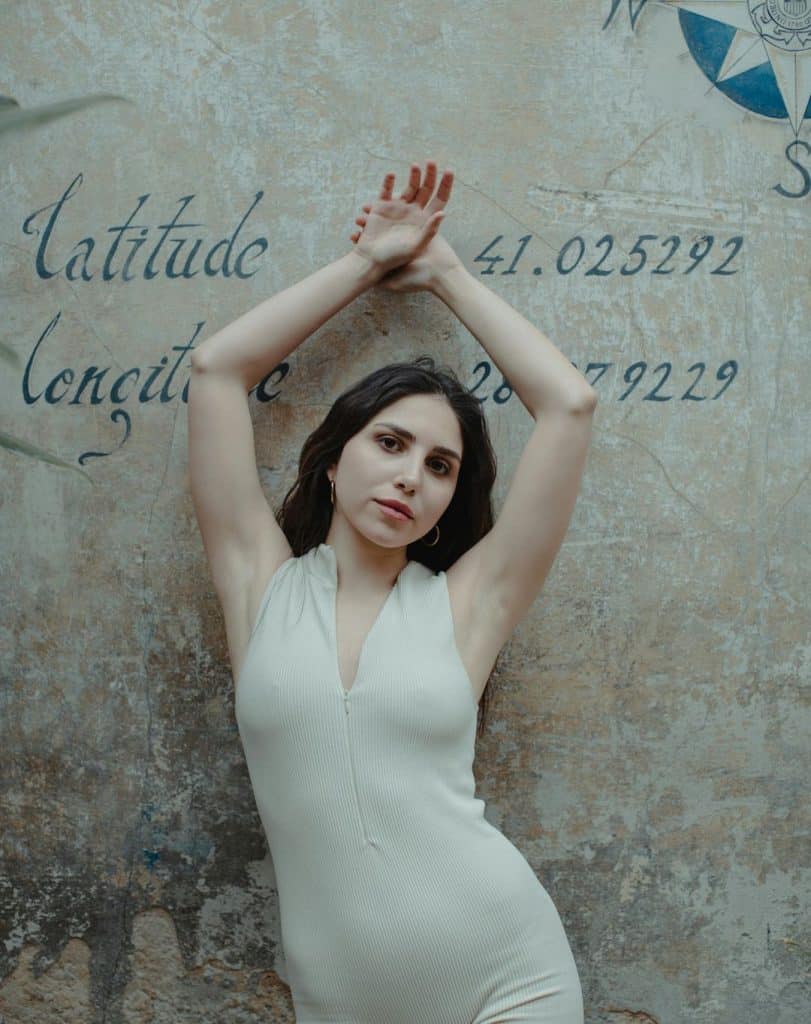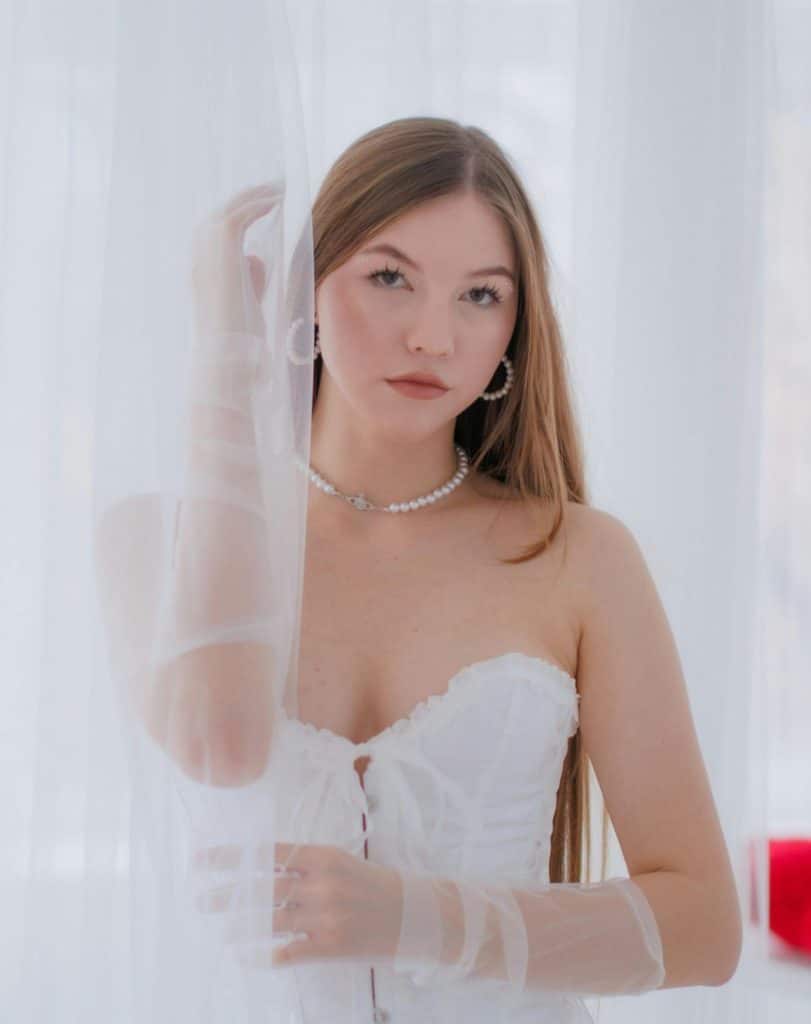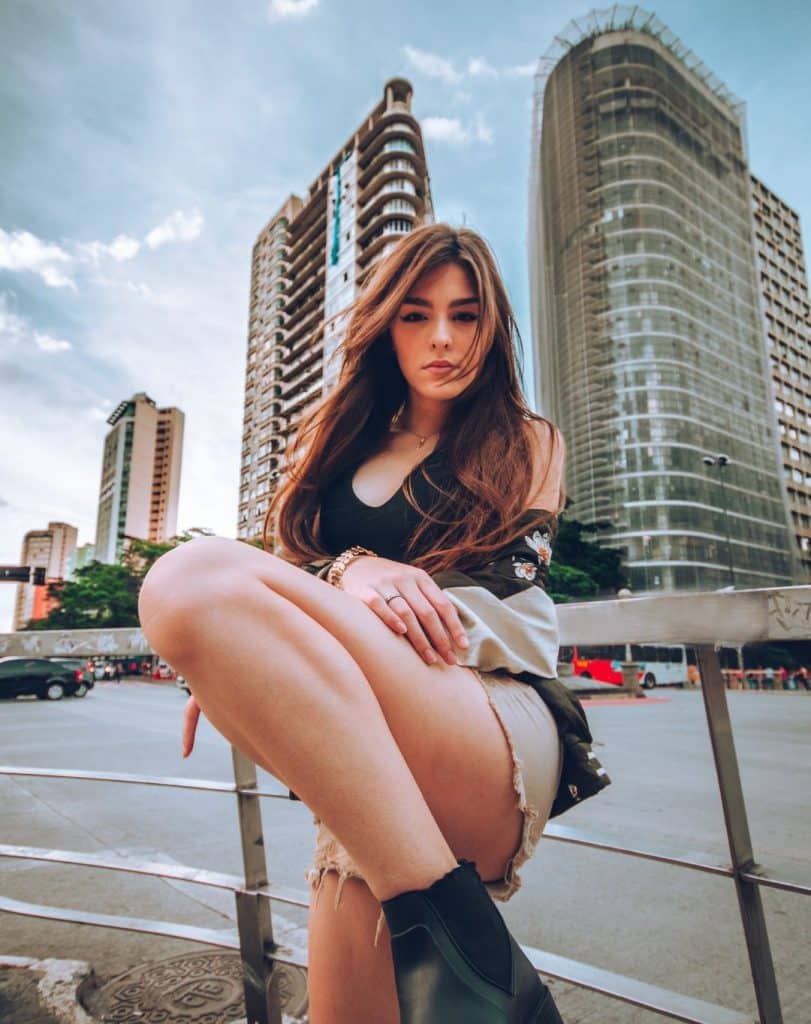I. Introduction to Red Carpet Fashion and Social Media Influence
For many years, red carpet events have been the epitome of what fashion is, a platform where celebrities wear the most beautiful clothes in order to attract the attention of both fans and the media.
Historically, these glamorous gatherings mean the height of fashion and style where designers can highlight their most inventive creations, allowing stars to make the most daring statements. As social media continues to broaden its reach and influence, the dynamics of red-carpet fashion have shifted in amazing ways.
In the times of Instagram, Twitter, and TikTok, fashion consumption and interaction have moved from passivity to activity. The red carpet is no longer confined to magazine pages or the voices of fashion critics; it is now a collective spectacle that happens in real time in front of a worldwide audience.
This shift has democratized fashion, allowing fans and followers to interact directly with their favorite celebrities and designers, shaping trends and influencing choices in ways that were previously unimaginable.
From the rise of influencers who dictate trends to the immediate feedback that celebrities receive during events, social media has woven itself into the fabric of red carpet culture, redefining what it means to be fashionable in the public eye.
II. Role of Social Media towards Fashion Trends
In the time of computers and other e-media, the role of social networking websites has become important in shaping up the fashion trends; especially red-carpet ones. From Instagram and Twitter to TikTok, not only have platforms given celebrities a place to showcase their fashion choices, but they’ve also democratized the fashion landscape, allowing fans and followers to participate in trends in real-time.
For example, Colorful Socks trend with bright pops of color was seen on some celebrities and later adapted by influencers such as @elmabeganovich and @nursesabnyc.
Herewith comes an overview of many of the ways that social media has transformed red-carpet fashion, from the rise of the influencer to the immediacy of audience engagement and the shifting paradigms in fashion coverage given the transformative role played by each social media channel.
The number of followers on TikTok often dictates how quickly a red-carpet look can go viral, amplifying its reach to millions in a matter of hours. This instant exposure not only influences public opinion but also impacts brand collaborations and future trends.
A. Rise of Influencers and Their Impact
Social media influencers have affected how fashion marketing and consumption are made. Well, a few decades ago, red-carpet fashion had a certain clique of designers and stylists who dictated it, and their work could only be accessed via traditional media.
However, the dynamics have now changed with influencers-people who have gained considerable followings through their fashion insight and style. They are the important influence and popularity of fashion trends nowadays, and often work with designers, brands, and even celebrities to expand their reach.
These influencers are trendsetters and at the same time reflect the evolving tastes of the public. Sharing their personal takes on various red carpet looks and offering different kinds of styling advice, they democratize high fashion for the regular consumer.
It’s this connection-the feedback loop created when influencers connect and their audiences feed it back-that catapults the cycle to a very quick turn in some cases, depending on when designers and celebrities are taking notice.
B. Real-Time Audience Engagement over Events
Perhaps the biggest influence social media has had on red-carpet fashion is the ability for audiences to engage in real time during events. Gone are the days when fans had to wait for magazine spreads or television broadcasts to catch glimpses of their favorite stars in full attire.
The nature of modern platforms, including Twitter and Instagram, is enabling audience members to share thoughts, reactions, and criticisms of actors immediately. This type of immediacy now makes the red carpet a live fashion forum where opinions can be shared and trends established impromptu.
These sites then start trending with hashtags regarding the event or particular fashion choices, creating a collective conversation across the globe. Celebrities and designers alike pay close attention to such discussions as they use the insights to see how the public responds and adjust their strategies. Social media not only magnifies red carpet fashion but also builds a conversation that will affect future designs and styles.
C. How Instagrams and Twitters Came to Change Coverage
The newness of social media platforms changed the dimension in which the coverage of a red carpet event takes place-from traditional media into a more interactive and timely manner.
Using highly visual content, Instagram sends out images and videos quickly to give viewers a close-up look at what’s hot on the runway. Celebrities often go on their personal accounts to share behind-the-scenes glimpses, outfit breakdowns, and personal reflections, making the connection with their followers even more intimate.
Twitter is a platform that provides live commentary where fans can discuss, meme, and react to what is transpiring in real-time. It brings about this dynamic where people of all walks of life from different places unite together in praise or criticism of the fashion choice their favorite stars make.
III. History of Red Carpet Fashion
Red carpet events have been a staple among celebrity culture for many years, where celebrities can strut themselves and make shocking fashion statements, if they wish. The combination of glamour and notoriety has its origin deeply rooted with Hollywood’s Golden Age, and this era not only presented the world’s view of a red carpet but also truly shaped how it is viewed with celebrity fashion today.
A. History of the Red Carpet Events
This phenomenon of the red carpet has had a long history that dates back to ancient times as a means of travel, used only by the aristocracy. For instance, it was adopted in ancient Greece and Rome. The modern sense of the word, however, came into use in the 1920s with events such as the Academy Awards.
The first ceremony of the Academy Awards in 1929 had a rather modest gathering of Hollywood’s elite to set up the spectacle that was to follow. As years passed by, so did the growth in the film industry and expectations with every new appearance on the red carpet. Celebrities started embracing the opportunity to make a statement and use the carpet as a runway for showcasing the latest in fashion.
B. Iconic Fashion Moments in the Past
The red carpet has indeed seen its fair share of truly iconic fashion moments over the years that have left an indelible mark on the industry. The 1950s had stars like Audrey Hepburn and Grace Kelly, who redefined elegance with their sophisticated gowns and set a standard for glamour that still echoes today. The 1980s brought a wave of bold choices, with the likes of Madonna pushing boundaries and challenging conventional norms.
The 1990s most definitely welcomed a new epoch in fashion experimentation, with celebrities like Jennifer Aniston and Gwyneth Paltrow treading the carpet resoundingly in minimalist yet striking designs. Perhaps one of the most memorable moments was the appearance of Jennifer Lopez in the infamous green Versace dress at the 2000 Grammys-a look that would transcend mere media attention to fire a maelstrom of debate on the power of celebrity fashion.
C. Change of Fashion Trend Along the Decades
As society changed, so did the aesthetic of red carpet fashion. By the 2000s, celebrities wanted to be thought of as “real,” so things started to be more casual and approachable. The concept of individuality and self-expression took center, and designers witnessed everything from bohemian to avant garde. It was also a transitional period that initiated the celebrity-as-brand star promoting themselves by aligning their red carpet appearances with fashion houses and personal brands.
We’ve seen, over the past few years, a strong trend toward inclusivity and representation in fashion. These discussions on body positivity, gender fluidity, and sustainability have begun to shift what is acceptable and fashionable on the red carpet.
IV. Current Trends in Red Carpet Fashion on Social Media
While social media continues to redefine the fashion landscape, the red carpet has become a place of vibrancy in showcasing current trends that reflect more general societal changes. This section will explore, through a social media lens, some of the key trends taking hold within red carpet fashion: the movement towards sustainable choices, the emphasis on diversity and representation, and the emerging future of fashion predicated on these developments.
A. Sustainable and Ethical Fashion Choices
Over the last couple of years, sustainability has become the keyword in the fashion industry, and red carpet events are no exception. Celebrities are using their platforms for eco-friendly fashion by choosing designers who believe in sustainable practices. Social media also gives a major boost to these choices, with SustainableFashion trending as stars proudly show their commitment to the environment.
Famous faces like Emma Watson and Leonardo DiCaprio have been making headlines not just with what they wear, but with what their outfits stood for: gowns and suits made from recycled materials, retrofitted, or straight out of a vintage store. In that very instant, social media empowers the fans to interact with those messages, igniting relevant discussions about fast fashion and forcing brands to reflect on their environmental footprint.
B. Diversity and Representation through Fashion Choices
With the call for greater inclusivity and representation in fashion, it has created a strong impact on what graces the red carpet. Social media provides a platform for underrepresented voices, resulting in a wider range of styles and inspirations well beyond traditional fashion boundaries.
Fashion is now being used as a means for celebrities to celebrate their heritage, and just about everything-from the fabrics used down to the silhouettes and accessories-was used by stars like Billie Eilish and Lupita Nyong’o to accessorize themselves in designs celebrating their experiences. Social media not only celebrates these options but furthers the conversation on the need for representation, making brands reconsider their options and offer more to their consumer.
The visibility afforded by platforms like Instagram and TikTok allows fans to celebrate diverse aesthetics, fostering a sense of community and empowerment. As fashion becomes a means of storytelling, the red carpet serves as a vivid canvas where personal identity and cultural pride are boldly displayed.
C. The Future of Fashion: Predictions Based on Current Trends
While moving ahead, the future of red-carpet fashion would surely be changed by the dynamic realm of social media. Considering this desire for further transparency and realness from viewers, the industry will start relying more heavily on influencers and content makers that represent both these qualities digitally.
The rising tide of virtual fashion shows and digital red-carpet events will without a doubt evolve how fashion is shown and experienced-new ways to experience and have participation in it.
As social media continues to evolve, so too will be the narrative that surrounds red carpet fashion as it makes way for innovative expressions of style reflective of the values and aspirations of a global audience.
V. Conclusion: The Future of Red Carpet Fashion in the Social Media Age
The future of fashion on the red carpet will most definitely be an inimitable tapestry-intricately woven with threads from social media influences, sustainability, and inclusivity. As this new chapter unfolds, the hope is that designers and celebrities alike make use of this platform to achieve a fashion statement that is strikingly beautiful but immensely reflective of our diverse world.
The red carpet is no longer a lone showcase of glamour; it’s turning into a rich, interactive experience-one that celebrates individuality and builds a community of style that is dynamic and inspiring.


